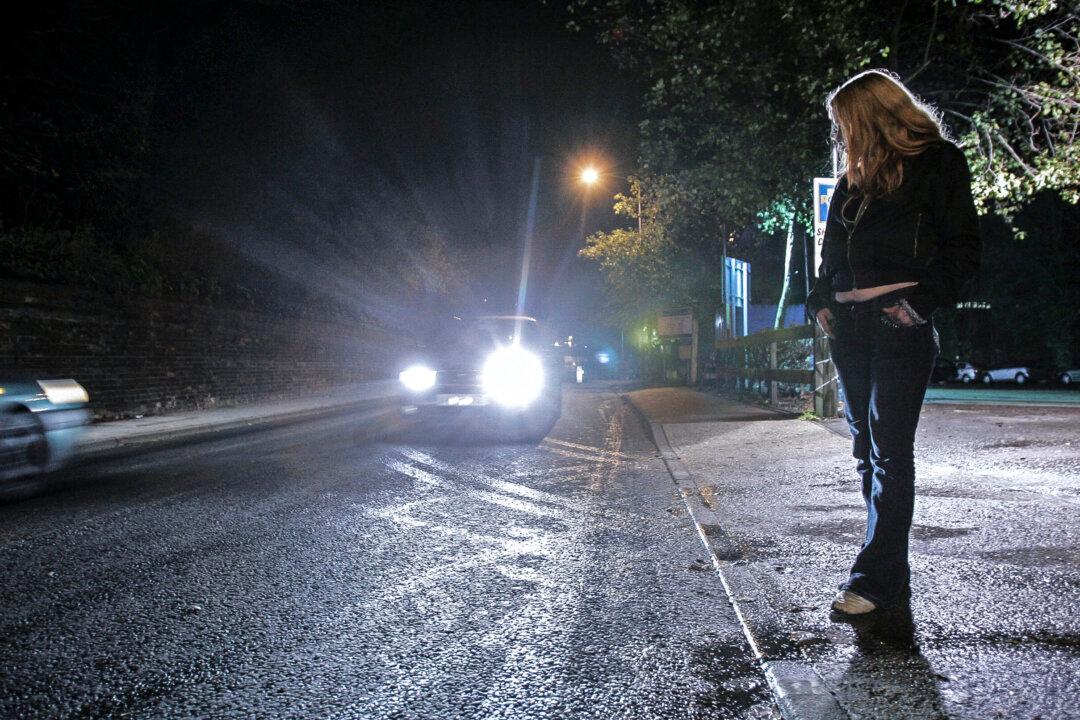Among children reported as likely victims of child sex trafficking upon running away from home, most have one thing in common—they were supposed to be looked after by the government.
In 2014, some 10,000 endangered runaway children were reported to the National Center for Missing and Exploited Children (NCMEC), a nonprofit that serves as a clearinghouse for reports on missing children. Nearly 1,700 of them were likely victims of sex trafficking and of those, 68 percent were in the care of social services when they went missing, be it a group home, a government facility, or foster care.





